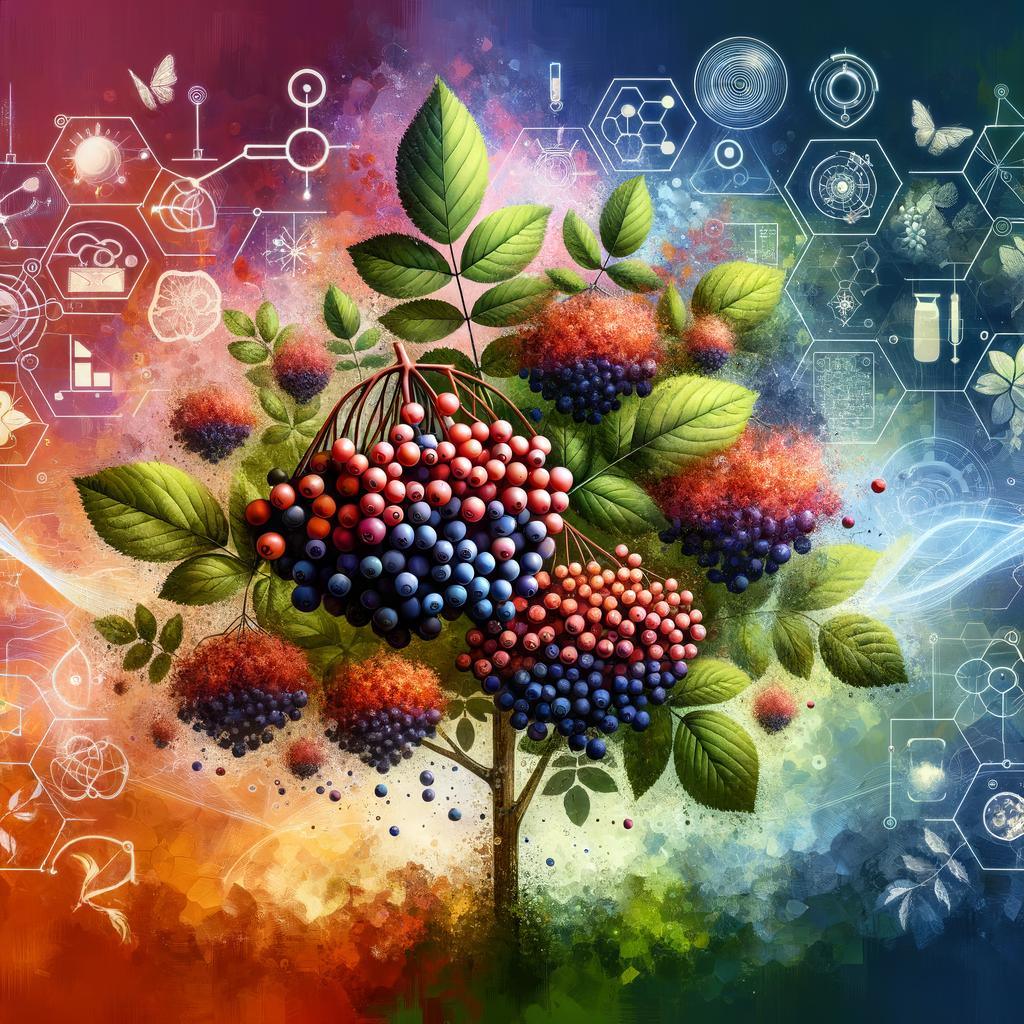
A Berry Enchanting Journey with Elderberries
Have you ever found yourself scratching your head, wondering, “When are elderberries ready to pick?” Don’t fret, you aren’t alone. This simple question plagues both budding gardeners and experienced green thumbs alike. To put it succinctly, elderberries are ready to pick when they transform from a vibrant green to a rich, dark purple or black color, which usually happens in the late summer or early fall. This may sound straightforward but, like most things in nature, there is an art and science to harvesting elderberries. Read along for a melodious sojourn that ventures from the lush elderberry bush to the harvesting basket, exploring timing, techniques, and tips along the way.
Unraveling the Elderberry Enigma
As resilient as they are rewarding, elderberries are a fruiting gem to cultivate in your backyard. These tiny, clustered berries ripen to their full nutritional potential when they sport a deep purple hue and have a slightly soft touch to them. However, the precise time of picking elderberries hinges on an interesting interplay of certain factors such as the local climate, type of elderberry plant, and even the plant’s unique growth timeline.
Nature’s Signal for Harvest
While the calendar can guide the overall harvest window, it’s Mother Nature who sends out the real signals, and one ought to keep a keen eye for these. When the berries’ tone shifts from green to dark purple or black, and they sag under their own weight, hanging in heavy clusters - it’s time to swing into harvest mode. Held by bright red stems that form an umbrella-like structure, these delicate berries call for careful collection.
Harvest in Haste, Repent at Leisure
The saying warns it is often wiser to retreat from haste as speed may not always be the best course. In the case of elderberries, it couldn’t be more apt. Picking the berries too early, when they are still green or of a reddish hue, could result in underdeveloped flavors and a less-than-satisfying yield. Conversely, if you dawdle and wait too long, birds or insects might beat you to the harvest, or the berries may overripen and fall off.
The Fine Art of Harvesting
When the right time arrives, arm yourself with a pair of snips and a basket, and gently cut the ripe clusters off the shrub. Avoid picking individual berries as this could damage both the berries and the plant. Also, beware of the unripe berries sprinkled amongst the ripe — they aren’t quite ready for the picking, and consuming them can be harmful.
From Harvest to Home
So, you’ve frolicked in the field and filled your basket with purple gems- what now? Once harvested, handle the elderberries with care. These berries are not akin to the tough-skinned fruits we’re accustomed to; they are easily crushed, and should be gradually syphoned off their stems before washing.
Preservation is Key
Unless you plan on feasting all your elderberries straight away —which, keep in mind, would be one heck of a berry banquet — preservation is vital. The easiest way to hold on to the fruits of your labor a bit longer is to freeze them. Alternatively, capturing their summer sweetness in homemade jams, jellos, or infused spirits can extend the elderberry season into the chillier fall and winter months.
One Door Closes, Another Opens: Elderberry Season Ends
Before you know it, the ripe elderberries will have all been harvested, and the bountiful elderberry season will draw to a close. While this might seem a tad saddening, remember that as one door closes, another opens. As elderberry season winds down, a whole new world of fall fruits will be ready for your harvest.
Life After Harvest
While the elderberry plant may take a break from producing fruit after harvest, its dormant state allows you to nourish the plant for the next harvest. Pruning old elderberry canes once the berries have been picked helps reinvigorate the plant, setting the stage for a plentiful harvest the following year, so you’ll be back to frolicking in the fields before you know it.
Epilogue: Wrapping Up the Elderberry Adventure
In essence, the answer to ’When are elderberries ready to pick?’ boils down to patiently waiting for the right time, carefully observing the different signals, and embracing a gentle approach when harvesting. With these insights, you are well-equipped to embark on your elderberry harvesting journey.
Frequently Asked Questions
1. What happens if you eat unripe elderberries?
Unripe elderberries can make you sick if eaten. They contain elements harmful to humans, so always eat them when they’re ripe and properly cooked.
2. How much elderberries should you eat?
Moderation is key. A few spoonfuls of cooked elderberries or a small glass of elderberry juice daily is usually a safe amount.
3. Are elderberries poisonous?
Raw elderberries, as well as the leaves, seeds, and bark of the elder tree, contain a toxin. Cooking the berries destroys the toxin making them safe to consume.
4. Can you freeze elderberries?
Yes, freezing is an excellent way to preserve elderberries. They freeze well and can be used later for cooking or baking.
5. What can you make with elderberries?
Elderberries are extremely versatile. You can use them to make syrups, jams, pies, wine, and even infused spirits.


